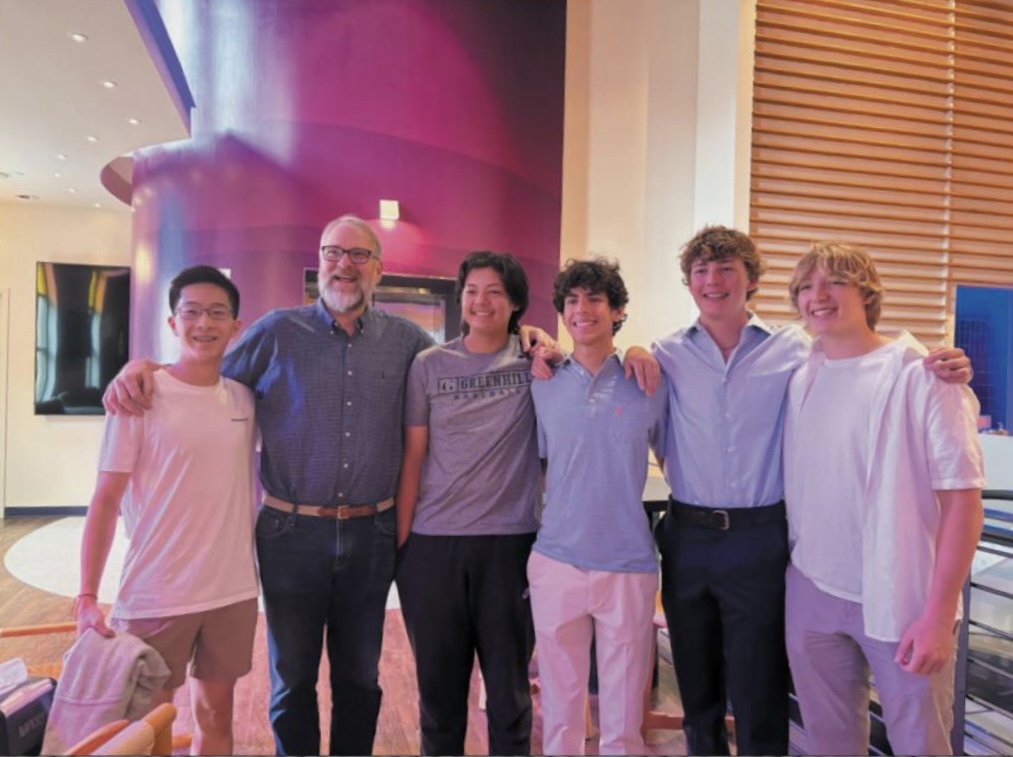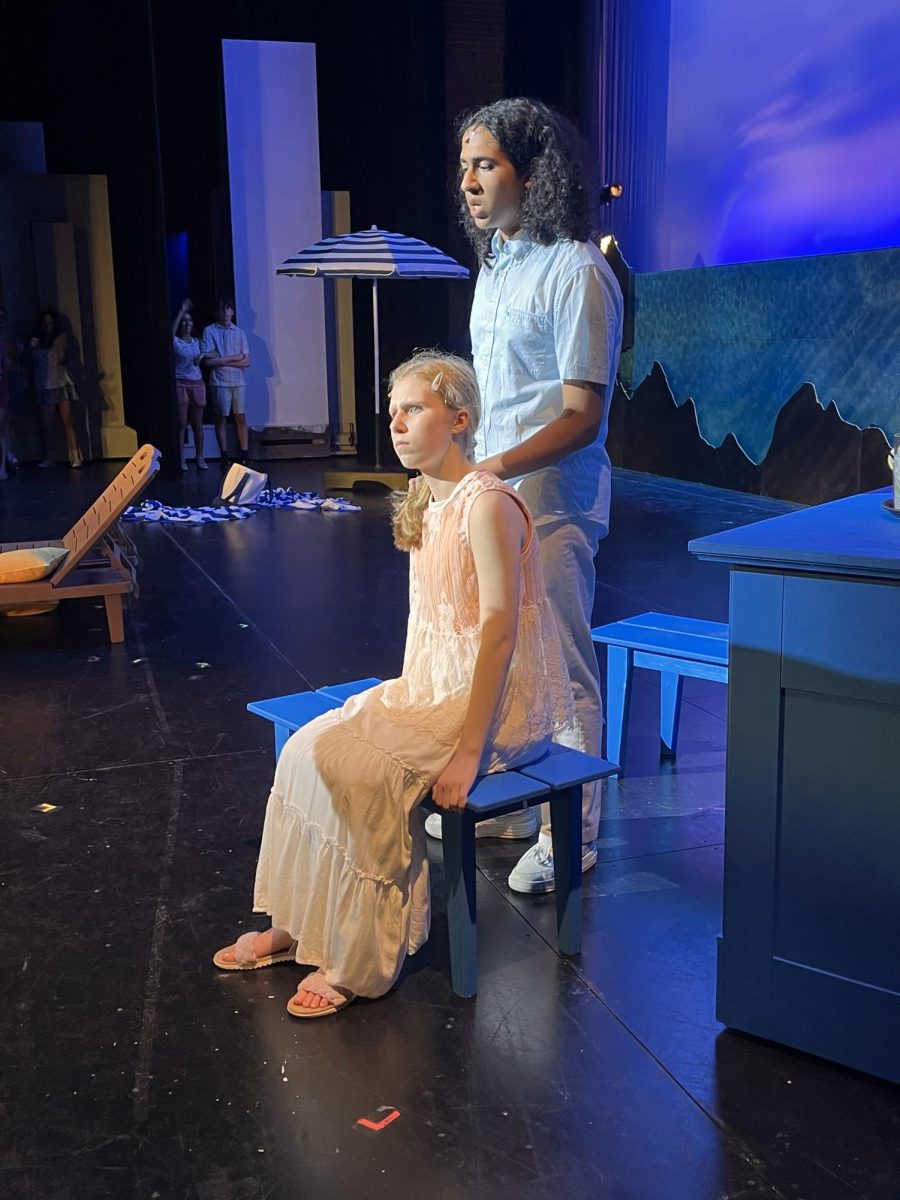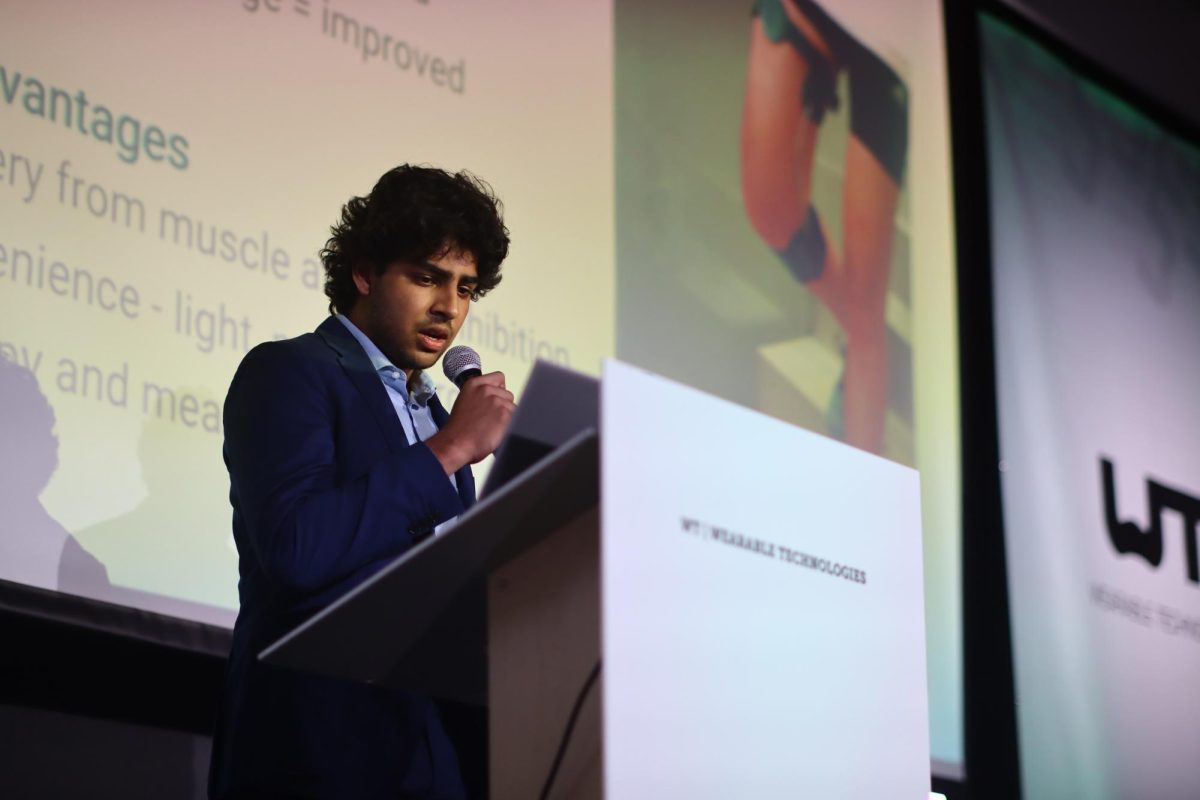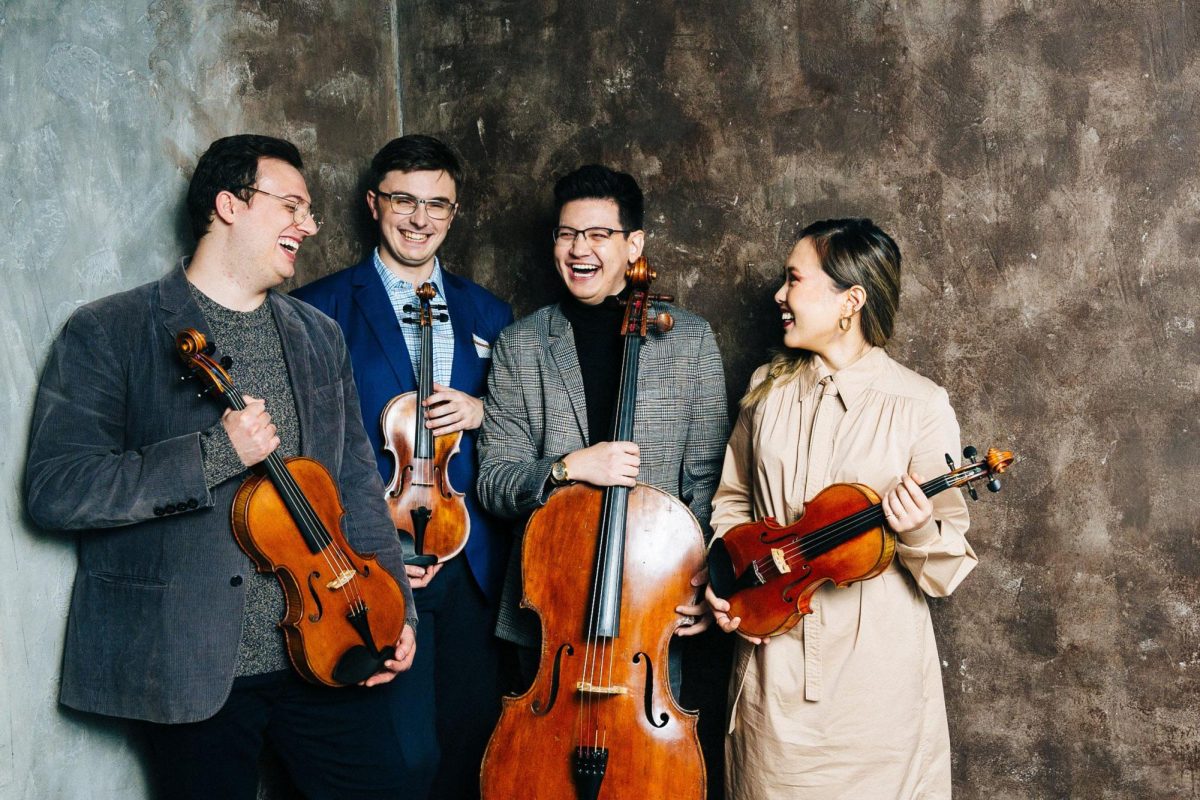In recent years, college sports have been revolutionized, for better or for worse, by the decision to pay student-athletes for the use of their name, image and likeness.
The system of paying college athletes is commonly known as NIL, and now it’s beginning to change high school sports as well.
In a little more than two years, 35 states have passed legislation allowing NIL deals to sponsor high school athletes. Texas is among the holdouts, but the pressure to allow payments is expected to grow.
A larger question that hangs over the debate is whether payments to athletes hurt high school or college sports.
Former Greenhill football player Kassidy Woods ’18 believes that NIL deals will not have a negative impact on high school sports in Texas. Woods recently finished playing football for Auburn University and has declared for the NFL draft.
“The history has already been so engraved with Texas sports, and there are so many great athletes that are born and come from Texas,” Woods said. “I strongly believe that NIL is not going to take away from the culture of football and how athletes treat the game.”
On the opposing side, critics believe endorsements will encourage talented high school athletes in Texas to move to other states where NIL endorsements are allowed, creating a pay to play culture. This fear stems from the impact of the introduction of NIL deals in collegiate sports.
In the new NIL era, college student-athletes can make money in sponsorships with some of the biggest consumer brands.
During the 2021-2022 season, the first year of NIL, college athletes earned an estimated $917 million, according to Icon Source. This number will only climb as schools use these sponsorships to attract top talent and build successful programs.
“I believe big schools will have an advantage going forward,” junior Noah Piper said. “Money talks.”
NIL Concerns
Former University of Alabama Head Football Coach Nick Saban has said that NIL rules have damaged college sports. Saban coached during a time when NIL deals were banned in collegiate sports and then the early years of its legalization.
“All the things that I believed in, for all these years, 50 years of coaching, no longer exist in college athletics,” Saban said during a Capitol Hill roundtable. “It was always about developing players, it was always about helping people be more successful in life.”
Greenhill Head Football Coach KJ Williams agrees with Saban’s remarks.
“There was a shift with social media taking over,” Williams said. “I don’t think he is over-exaggerating. I think [what he said] is true.”
Williams played Division I football at Sam Houston State University and Texas A&M University. He played when the rise of NIL was anticipated but had not yet been implemented in college athletics.
Now, as a high school coach, Williams says he is directly exposed to the effects of NIL deals as many of his players have continued playing football at the collegiate level.
“I think it may help certain people in certain situations, maybe somebody from the inner city that needs to be able to help provide at home,” Williams said. “But I also think it may be tainting the integrity of the game.”
A commonly cited example of what Williams and others fear is centered around University of Texas at Austin quarterback Arch Manning, son of retired NFL Hall-of-Fame quarterback Peyton Manning. Arch Manning’s NIL valuation stands at $2.8 million. On the other hand, Brock Purdy, a professional quarterback who led the San Francisco 49ers to the Superbowl, earned a salary of $870,000 during the 2023-2024 year.
Even though Purdy is competing at a professional level, Arch Manning has tripled Purdy’s earnings via NIL deals. Some fear this will create a culture in which status and fame hold more weight than athletic achievement.
“Fame is definitely changing the game surrounding NIL,” Piper said. “These athletes with famous parents will have an advantage surrounding NIL as they come into college.”
Finding Perspective
Although there are many critics of NIL deals, Woods says it is important to look at NIL with an open mind.
“I believe we have approached NIL with a limited perspective to only be beneficial to drive and feed our own personal egos,” Woods said. “But it can do much more if these individuals think about how [NIL deals] can help others collectively, whether on their team, church, family, school or community.”
Woods says he believes NIL money is not harmful if athletes have the right intention and seek to help others.
“The passing of [NIL deals] has positively affected my college football career by allowing me to monetize my name,” Woods said. “More specifically, it has given me the opportunities to have deals with companies where I was able to receive protein shakes, vitamins and supplements at a discounted price for my teammates and me.”
Greenhill senior Devin Davis, who has committed to play soccer at the University of Tennessee, Knoxville, says she had NIL in the back of her mind during her college quest.
“Some [schools] were way more into NIL than others,” Davis said. “But I did meet with a NIL specialist on my visits, and it was a topic of conversation.”
Davis is entering college when NIL is in full swing, and her recruiting experience is proof of how the payments are a topic of conversation for many high school athletes.
Negative or positive, NIL deals are the future of both collegiate and high school sports, and schools will need to adapt to stay relevant in the recruiting process.
“The biggest advantage is [that] content keeps changing daily,” Williams said. “There is always another deal to be made or another social media post to be shared.”
And, as NIL deals become more common for young athletes, many coaches emphasize the idea that athletes should not just compete for the sake of money and NIL deals.
“The betterment of one physically, mentally, emotionally and spiritually will come before partnerships and dollar signs,” Woods said.






